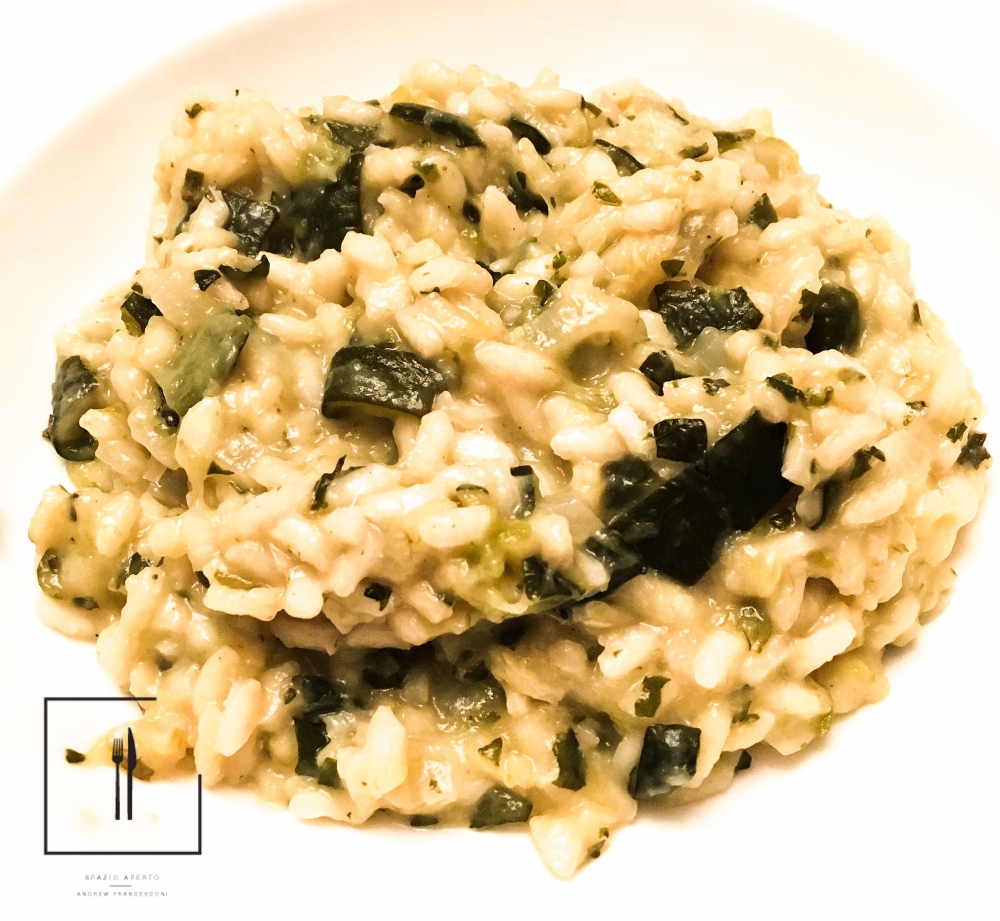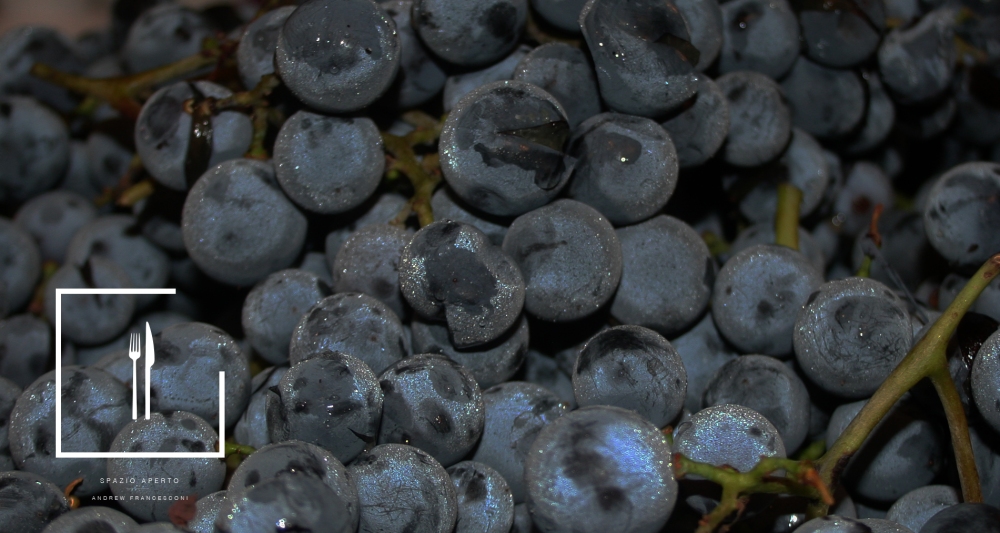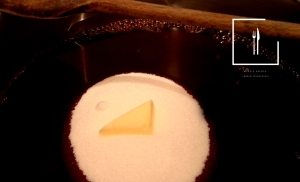Becoming a Vegetarian is a HUGE Missed Steak
This month, we were challenged to try out a diet for three days and record what we ate. As per the title, I went with a bit of a cop out and decided to try being a vegetarian; it seemed like an easy choice, what with having little time to research and design a meal plan. I certainly learned a few things along the way. For one thing, a vegetarian diet can definitely be healthier. Sure, you can be a vegetarian and eat nothing but cake, Coke, French fries, and salads slathered in dressing, but generally any restriction placed on a person’s normal diet will result in fewer calories consumed. Vegetarians also tend to steer clear of fast food and many calorie-rich restaurant meals. Furthermore, a vegetarian diet can be more environmentally friendly. Raising animals for meat is a major contributor to pollution, greenhouse gases, water waste and the depletion of fertilizers. Producing a single meal containing meat may take dozens or even hundreds more resources than producing a vegetarian meal.
In order for me to do this vegetarian diet challenge, I had to plan my days carefully, and be strict about what I ate from the Monday to the Wednesday. For breakfast, I made bran and rhubarb muffins Sunday night, which were a success. I had one every morning, followed by an apple. Lunches were always salads, something to get me through the day until I got home from school.
When I got home the first night, I had ricotta ravioli with a simple tomato sauce. The ravioli were homemade by my Nonna, delivered on a trip down from Sault Ste Marie. (Picture bags of ravioli, tortellini, and pesto; it’s like Christmas!) The next night, we made pasta with saffron and broccoli. I have to apologize — I didn’t get a chance to take any pictures of it — I was so focused on making and eating it that I forgot to! But I can say that it was delicious. Here is the link to the recipe:
For the final night, I prepared a zucchini risotto, simple and delicious. All you need is:
- 3 tbsp. butter
- 2 medium zucchini, cut into cubes
- 3 cups vegetarian stock
- 1 large onion
- 2 cloves garlic
- 1 cup of Arborio rice
- salt and pepper to taste
- 2/3 grated parmesan cheese
- white wine
Melt 1 T. butter in heavy medium saucepan over medium-high heat. Add garlic and zucchini, and cook until beginning to soften, stirring frequently, about 3 minutes. Transfer to bowl. Bring 3 cups of broth to simmer in small saucepan. Reduce heat to low and keep warm. Melt remaining 2 T. butter in reserved medium saucepan over medium-low heat. Add onion and cook until tender, stirring occasionally, about 6 minutes. Add rice and stir until opaque, about 2 minutes. Add any white wine you have in the fridge and cook off the alcohol. Once evaporated, add 1/2 cup broth. Adjust heat so liquid simmers slowly and cook rice until broth is absorbed, stirring occasionally. Continue adding broth, 1/2 cup at a time, until rice is just tender and creamy, stirring occasionally. At this point season with salt and pepper. Add zucchini and mix in cheese. Serve.

One thing I noticed as I followed this diet was my increase in snacking and consumption of starches. I think, because my body is used to eating meat, I was left still feeling hungry without it. I also felt more bloated from the carb overload. I think I could be a vegetarian if I was able to come up with more unique and filling dishes, but I don’t think I could continue with this particular diet. I do feel like I could benefit from incorporating more vegetables into my diet, once I’ve added more vegetable dishes to my repertoire. I’m sure that, once I’m in the industry with a completed degree, I’ll know much more about different diets, and how to accommodate them and enjoy them myself.





















